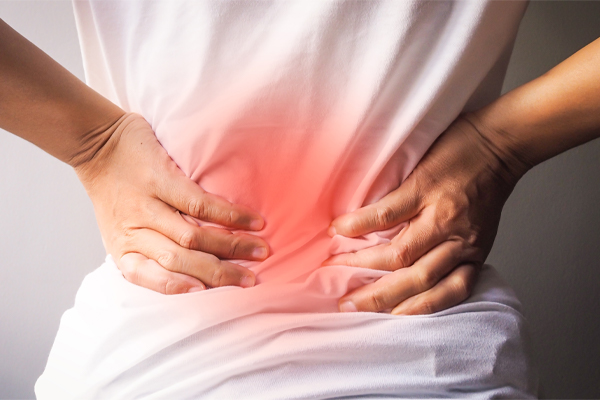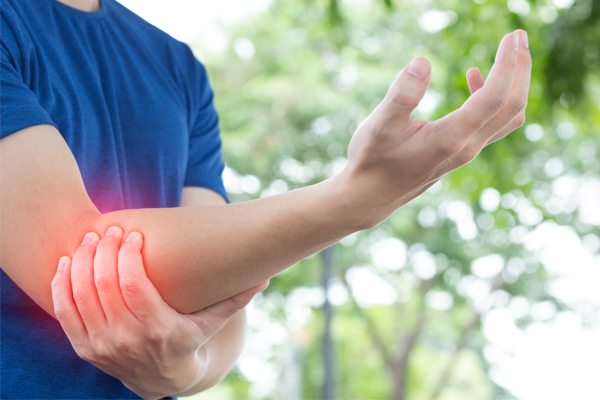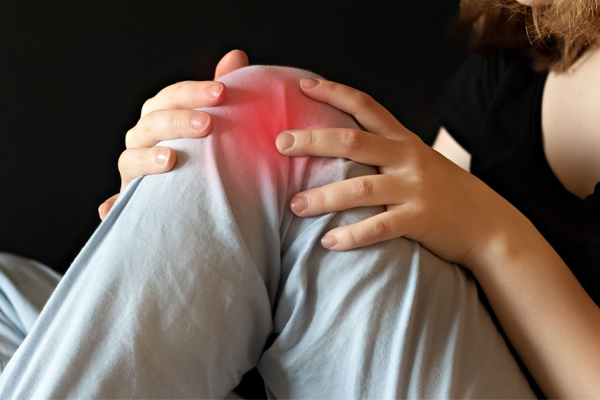The History of Magnetic Therapy

The history of magnetic therapy and its attractions
What is magnetic therapy, how does it work – and why are so many people turning to magnetic bracelets for pain relief? There’s nothing new about it. In fact, magnetic therapy goes way, way back, all the way back to the ancient people of China, Greece, India, Egypt and many more countries.
One of the earliest recorded uses of magnetic therapy is found in the Hindu Vedas, from 600 BC. The scriptures mention a lodestone being used to treat various ailments and diseases. A lodestone is a mineral that possesses natural magnetic qualities, and it seems symptoms could be alleviated by placing it on a person suffering from something.
But it’s believed that the ancient Chinese were using lodestones long before that, even around 1200 BC. Back then, healers used the magnetic material to balance the flow of chi – believing then, as now, that blockages in this life-force energy lead to all manner of physical problems. It was thought that magnetism could manipulate the flow of energy and restore it to proper channels, thereby bringing about healing in the body and helping to cure diseases.
In the many years and centuries since then, the popularity of magnetic therapy has grown as more people discovered the benefits of this alternative method of healing and pain relief. It really shouldn’t come as any surprise that magnetism has at least a protective function for the human body. All of us, right now, are surrounded by vast fields of magnetism that are generated by the spinning iron core at the centre of the Earth. They shoot out into space and deflect powerful radiation and solar blasts that would otherwise rain down on us and wipe out life on the planet.
The many benefits of magnetic therapy
Lets look at some of the benefits that people have reported by using magnetic therapy. One that you’ll probably have heard of is for the relief of pain associated with such crippling conditions as arthritis, where inflammation of the joints or muscles can make getting about extremely difficult. Many sufferers wear magnetic bracelets to get relief. It’s thought that the magnetic elements of the bracelets cause the body to release natural painkillers, and it’s possible that they could also trigger greater circulation of blood in affected tissues.
It’s certainly an alternative to taking lots of drugs to cope with arthritis and other conditions. Research published in 2004 in BMJ (previously called the British Medical Journal) looked at 194 people suffering from osteoarthritis in the knee and hip who wore magnetic bracelets for a period of 12 weeks. After that time, it was found that their mobility had improved compared to those who were wearing a placebo bracelet. The study (http://www.ncbi.nlm.nih.gov/pubmed/15604181?itool=EntrezSystem2.PEntrez.Pubmed.Pubmed_ResultsPanel.Pubmed_RVDocSum&ordinalpos=1) concluded that “Pain from osteoarthritis of the hip and knee decreases when wearing magnetic bracelets.”
Magnetic bracelets are not just for those of reduced mobility due to arthritis and other conditions, however. Many people are now using them for a variety of reasons, and reporting overall improved wellbeing. There’s no doubt that our lifestyles today are hectic and lead to high levels of stress that can often be debilitating, and that’s why some people opt to wear a magnetic bracelet to try and relieve their stresses and live a more enjoyable life. Even something as seemingly simple but fundamentally important to good health as sleep can be improved by wearing a magnetic bracelet, according to people who have worn them.


Working theories
We all know magnetism is a force – we can feel how strong it is when we push two like poles together as they repel each other. Pass a magnet through a coil of copper wire and the latter’s electrons are moved – and we have electricity. Is it any wonder, therefore, that magnets have the inherent power to influence processes in the human body and bring about healing and health?
One of the theories about how magnetism works with the body is that the fields surrounding such devices as magnetic bracelets stimulate areas where there pain occurs because of conditions or diseases. This is thought to trigger the release of the body’s own painkillers, thereby providing natural relief for the person instead of having to take medications over long periods that may have bad side-effects.
It is also thought that because metals – such as iron, zinc, magnesium and others – are components of the human body, magnetism is able to affect them in a way that brings about helpful change at the cellular level; in particularly by impacting on particles in the blood and increasing oxygenation so that circulation is improved and a person heals quicker. After all, everyone knows what happens when you put a magnet beside a metal: it attracts it.
The first scientific attempt to try and work out what magnetism is came about in 1600, when William Gilbert, an English scientist and physician, published De Magnete, Magneticisque Corporibus, et de Magno Magnete Tellure (On the Magnet and Magnetic Bodies, and on That Great Magnet the Earth). In this ground-breaking work, he sets out how he discovered that the Earth has a magnetic field and he rubbishes old, and inaccurate, theories about magnetism by revealing an array of experiments he carried out. Gilbert was Queen Elizabeth I’s physician and is said to have treated her arthritis with magnetism.
In more recent years, magnetic therapy has regained some of its earlier popularity through high-profile use by various sports people seeking relief from injuries, and today there’s a greater variety of magnetic bracelets available, as well as other items, many of which can be considered attractive pieces of jewellery in their own right and not just alternative medical devices.
Although there will always be naysayers, and it’s not yet possible to prove how exactly it works, history shows that magnetic therapy has been around from the beginning of human civilisation, and it’s clear to anyone that no remedy would have such incredible staying power if the benefits hadn’t been felt all the way from early generations right up to today.
